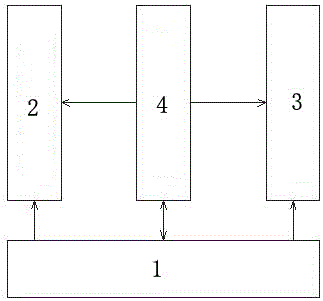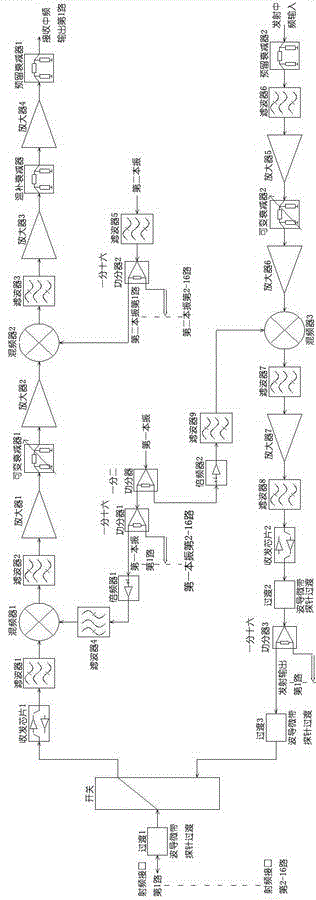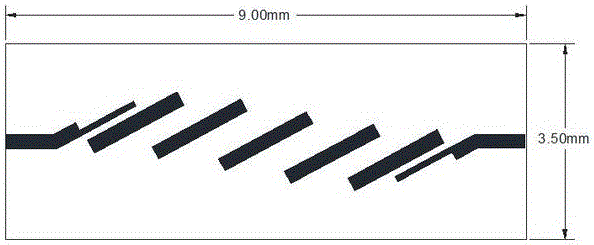Millimeter wave 16-channel transmit-receive frequency conversion channel assembly
A millimeter wave, channel technology, applied in electrical components, multi-frequency modulation and transformation, transmission systems, etc., can solve the problems of complex circuit assembly, low space utilization, large volume, etc., to improve reliability and stability, and environmental adaptation. Strong ability, small size effect
- Summary
- Abstract
- Description
- Claims
- Application Information
AI Technical Summary
Problems solved by technology
Method used
Image
Examples
Embodiment 1
[0031] A millimeter-wave 16-channel transceiver frequency conversion channel assembly has a three-layer structure as a whole, the upper layer includes a power control part 1, the middle layer is a frequency conversion circuit part, and the lower layer includes 16 waveguide interfaces; the frequency conversion circuit part includes 16 receiving channels 2, 1 Transmitting channel 3 and local oscillator processing circuit 4, receiving channel 2 and transmitting channel 3 share 16 waveguide interfaces, send and receive time-sharing power supply, switch channels through radio frequency switches, and exchange power and control signals between layers through miniature low-frequency connectors The radio frequency signals are interconnected through radio frequency insulators; each layer is interconnected through via holes. The stacked structure design is designed in layers and partitions according to the signal operating frequency, different signal types, and different circuit functions...
Embodiment 2
[0033]A millimeter-wave 16-channel transceiver frequency conversion channel assembly, characterized in that: the overall structure is a three-layer structure, the upper layer includes a power control part 1, the middle layer is a frequency conversion circuit part, and the lower layer includes 16 waveguide interfaces; the frequency conversion circuit part includes 16 channels Receive channel 2, 1 transmit channel 3 and local oscillator processing circuit 4, receive channel 2 and transmit channel 3 share 16 waveguide interfaces, send and receive time-sharing power supply, switch channels through radio frequency switches, power and control signals between layers pass through Miniature low-frequency connectors are interconnected, and radio frequency signals are interconnected through radio frequency insulators; each layer is interconnected through via holes.
[0034] The 16 receiving channels 2 undergo frequency conversion twice to realize the conversion between the millimeter-wave...
PUM
 Login to View More
Login to View More Abstract
Description
Claims
Application Information
 Login to View More
Login to View More - R&D
- Intellectual Property
- Life Sciences
- Materials
- Tech Scout
- Unparalleled Data Quality
- Higher Quality Content
- 60% Fewer Hallucinations
Browse by: Latest US Patents, China's latest patents, Technical Efficacy Thesaurus, Application Domain, Technology Topic, Popular Technical Reports.
© 2025 PatSnap. All rights reserved.Legal|Privacy policy|Modern Slavery Act Transparency Statement|Sitemap|About US| Contact US: help@patsnap.com



